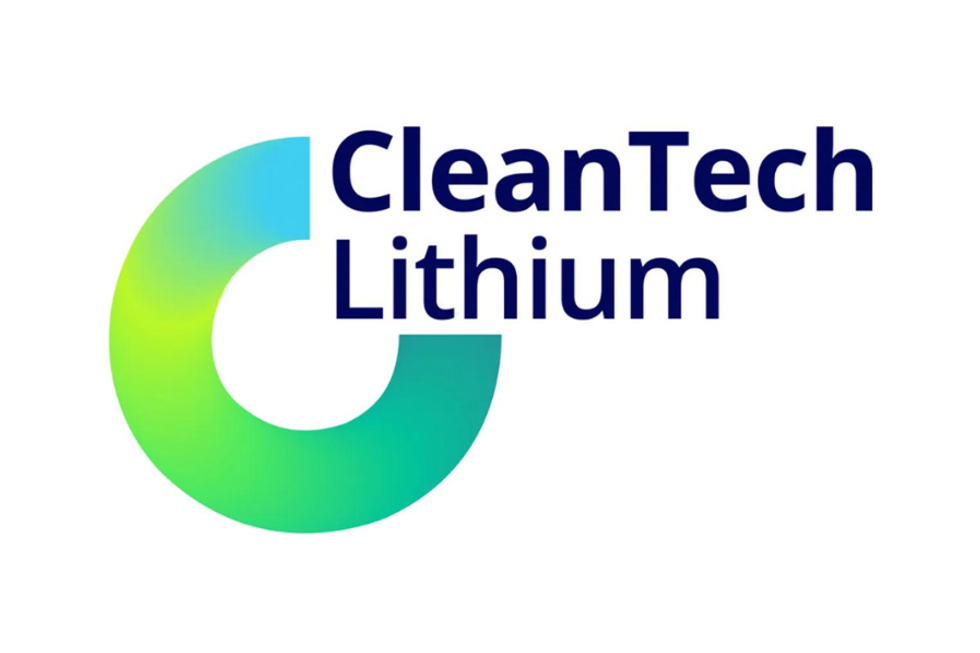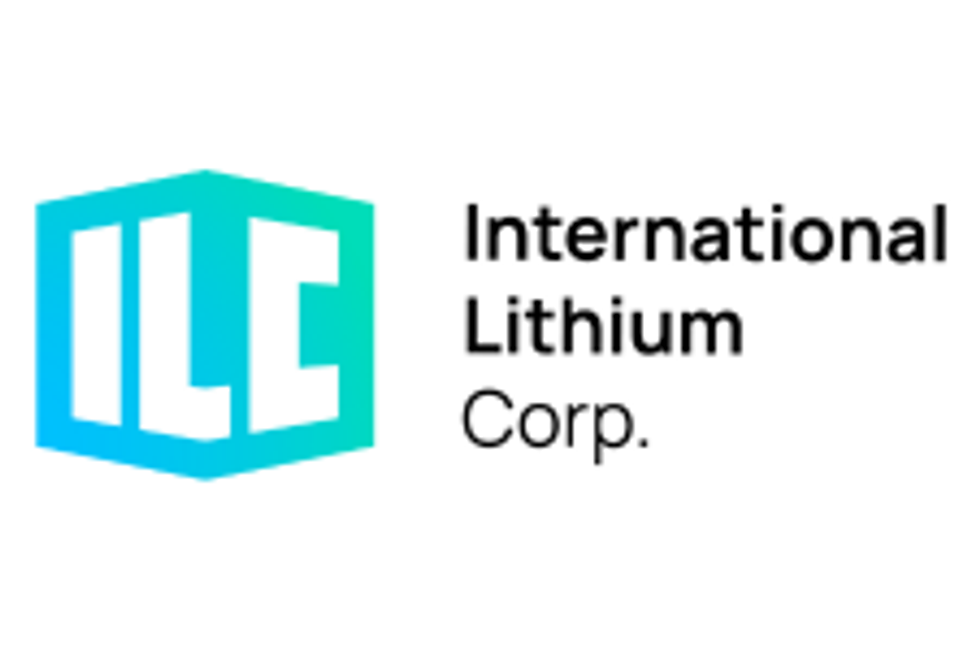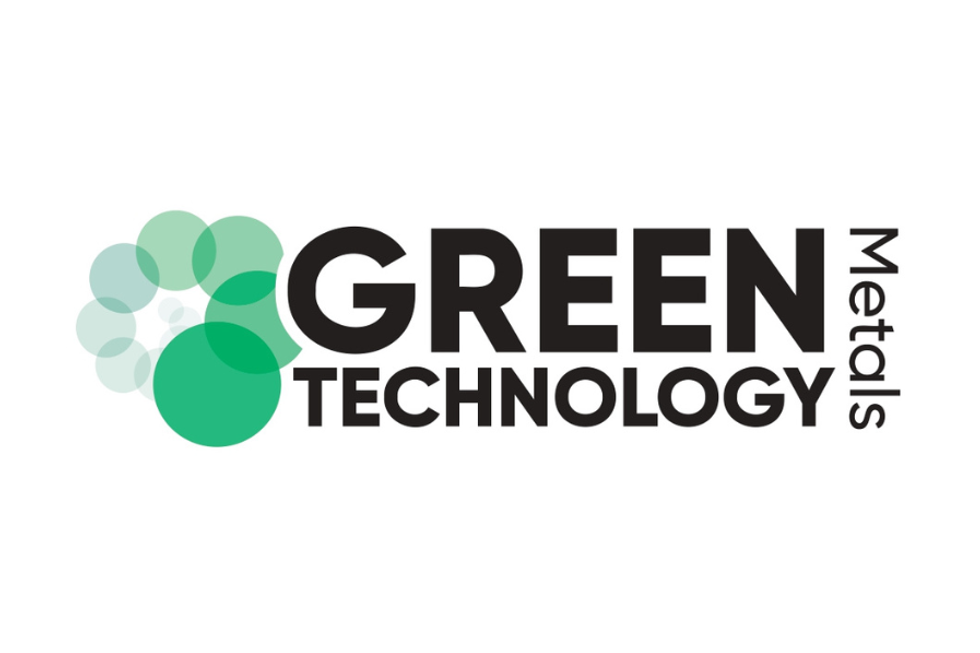CRU: Battery Metals in Focus, What to Watch in Pricing and Supply Chains
At the recent RIU Resources Round-Up event in Sydney, Harry Fisher of CRU Group shared key factors battery metals investors should keep an eye out for.

After 2021's big price increases for raw materials, all eyes are on what may happen next in the electric vehicle (EV) market ― the main driver of demand for battery metals such as lithium and cobalt.
EV sales had a stellar year in 2020, even as the world suffered through the brunt of the COVID-19 pandemic, and 2021 brought strong sales numbers as well.
“EV sales doubled last year alone, and we're expecting them to surpass 10 million this year,” Harry Fisher of CRU Group told the audience at the RIU Resources Round-Up in Sydney last week.
CRU Group is forecasting that EV penetration will reach 20 to 22 percent by 2026 ― that would translate to an additional 17 million in annual sales compared to today.
“Since 2017, we've had more than 50 percent annual growth for EV demand each year, and over the next 20 years EV battery demand will increase by more than 10 times,” Fisher said.
The analyst shared with the audience the main themes he believes will continue to be front and centre in discussions surrounding the battery metals industry.
“We've seen incredible price performance, particularly for lithium, and also for cobalt and nickel, in the last really 18 months, but even more so this year,” Fisher said. “I don't think many of us expected prices to go as high as they have gone, particularly for lithium and nickel.”
Lithium prices have increased north of 400 percent since 2021, with nickel prices on the London Metal Exchange reaching a historical high of more than U$100,000 per tonne earlier this year. These high levels have been hitting EV producers, many of which have increased prices.
“In the last week or so, we've seen that the battery producers' Q1 margins have fallen substantially, so they're really feeling the heat of this, and that is starting to have some tangible effects in the market,” Fisher said.
All in all, CRU is expecting prices to level off the current peak, but to remain strong in the medium term on the back of demand from the EV sector.
Another big theme to keep an eye on is the increasing regionalization of supply chains. Even though EV and battery makers in Europe and North America have made announcements about setting up gigafactories, there has not been a lot of movement in the upstream and the midstream parts of the supply chain.
Around 40 percent of lithium supply comes from South America, with another 45 percent coming from top-producing country Australia. For cobalt, 70 percent of supply comes from the Democratic Republic of Congo. But all that output ends mostly in China ― which controls over 70 percent of the midstream.
“That's obviously not ideal from a supply security perspective, but it also means the supply chains aren't particularly efficient from a cost perspective,” Fisher said. “Also, from a safety perspective, moving around battery chemicals, precursor batteries — it makes a lot more sense to have the upstream and midstream closer to market.”
With EV demand expected keep soaring, there’s a lot more that needs to be done to strengthen supply chains.
“We need to start seeing more investment to support the EV markets, and to prevent them from relying solely on China and Asia for all of their battery materials,” Fisher said.
Don't forget to follow us @INN_Australia for real-time news updates!
Securities Disclosure: I, Priscila Barrera, hold no direct investment interest in any company mentioned in this article.
- Battery Metals in Australia - Investing News Australia ›
- Top Battery Metals Stocks on the ASX | INN - Investing News Australia ›
- Australia Battery Metals Update: Q1 2022 in Review - Investing ... ›
- How to Play the Battery Metals Market in Australia | INN - Investing ... ›






